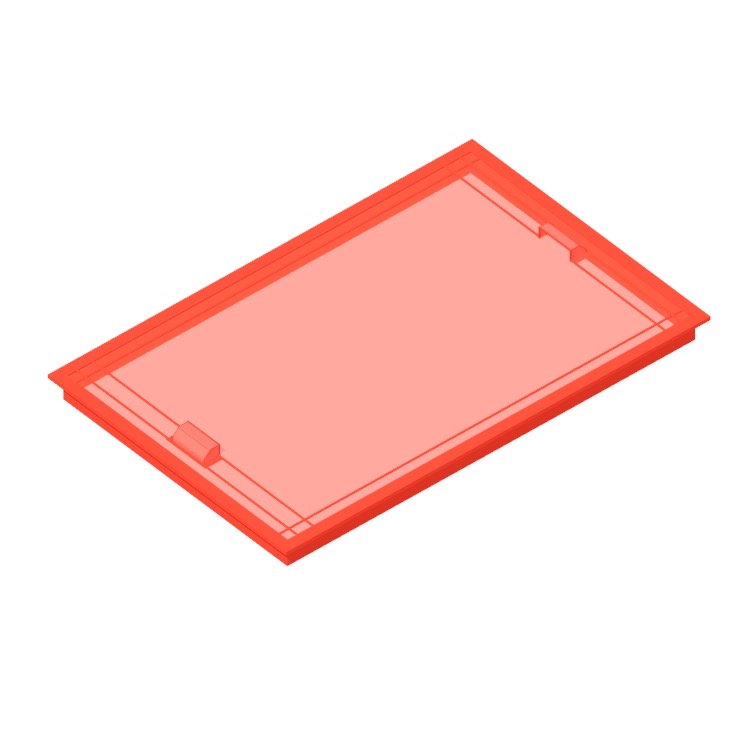Team sports involve organized groups of players competing against each other, requiring cooperation, strategy, and shared goals. Examples include soccer, basketball, and rugby, where teams work to score points while adhering to specific rules. In sports like baseball and cricket, teams alternate between offense and defense, showcasing skill and teamwork. Water-based team sports, such as water polo and rowing, combine physical endurance with coordination. These sports are played in various venues: soccer on fields, basketball on courts, rugby on grass pitches, and water polo in pools. Each setting is tailored to the sport's needs, providing a stage for teamwork and competition.
Team sports have their roots in ancient times, originally played for training, entertainment, or religious ceremonies. Early forms of soccer were played in various cultures, evolving over centuries. In the 19th century, formal rules for sports like soccer, rugby, and cricket were established, transitioning them from informal play to organized competitions. The industrial revolution and urbanization created more leisure time, leading to the growth of team sports as popular activities.
The development of international and professional leagues significantly increased their visibility and popularity. Over time, these sports have become more inclusive, with women's and mixed-gender teams gaining recognition and prominence.
The landscape of team sports is likely to be shaped by technological advancements and changing social values. Virtual and augmented reality could offer new ways to train and enhance fan experiences, like simulating game situations for strategic planning. The rise in popularity of eSports suggests potential crossover events, blending physical and digital realms.
A growing emphasis on inclusivity might lead to more mixed-gender teams and adaptive sports, accommodating athletes with disabilities. Environmental sustainability could influence how sports are played and where, possibly leading to eco-friendly stadiums and reduced travel for teams. Overall, these sports will continue to evolve, reflecting societal shifts and technological progress.
In team sports, leadership is often a blend of formal and informal roles. A coach or manager provides strategic direction, training, and decision-making. Within the team, a captain or several key players often emerge as leaders, providing guidance, motivation, and on-field decision-making. This structure promotes a hierarchy for organization while also encouraging leadership qualities in all team members for cohesive and effective teamwork.
Team sports instill life skills in young people by teaching teamwork, communication, and cooperation. Participating in a team environment encourages respect for others, discipline, and responsibility. It also helps in developing problem-solving skills and resilience in facing challenges. Moreover, sports foster a sense of belonging and provide opportunities for leadership development, enhancing self-esteem and social interaction skills.
Effective strategies for building teamwork and cohesion include regular team-building exercises that foster trust and mutual understanding. Open communication and conflict resolution mechanisms help maintain a positive team environment. Setting common goals and celebrating collective achievements reinforce a sense of unity. Encouraging collaboration and valuing each member's input promotes inclusivity. Regular feedback and a supportive atmosphere enhance motivation and a collective sense of purpose.








